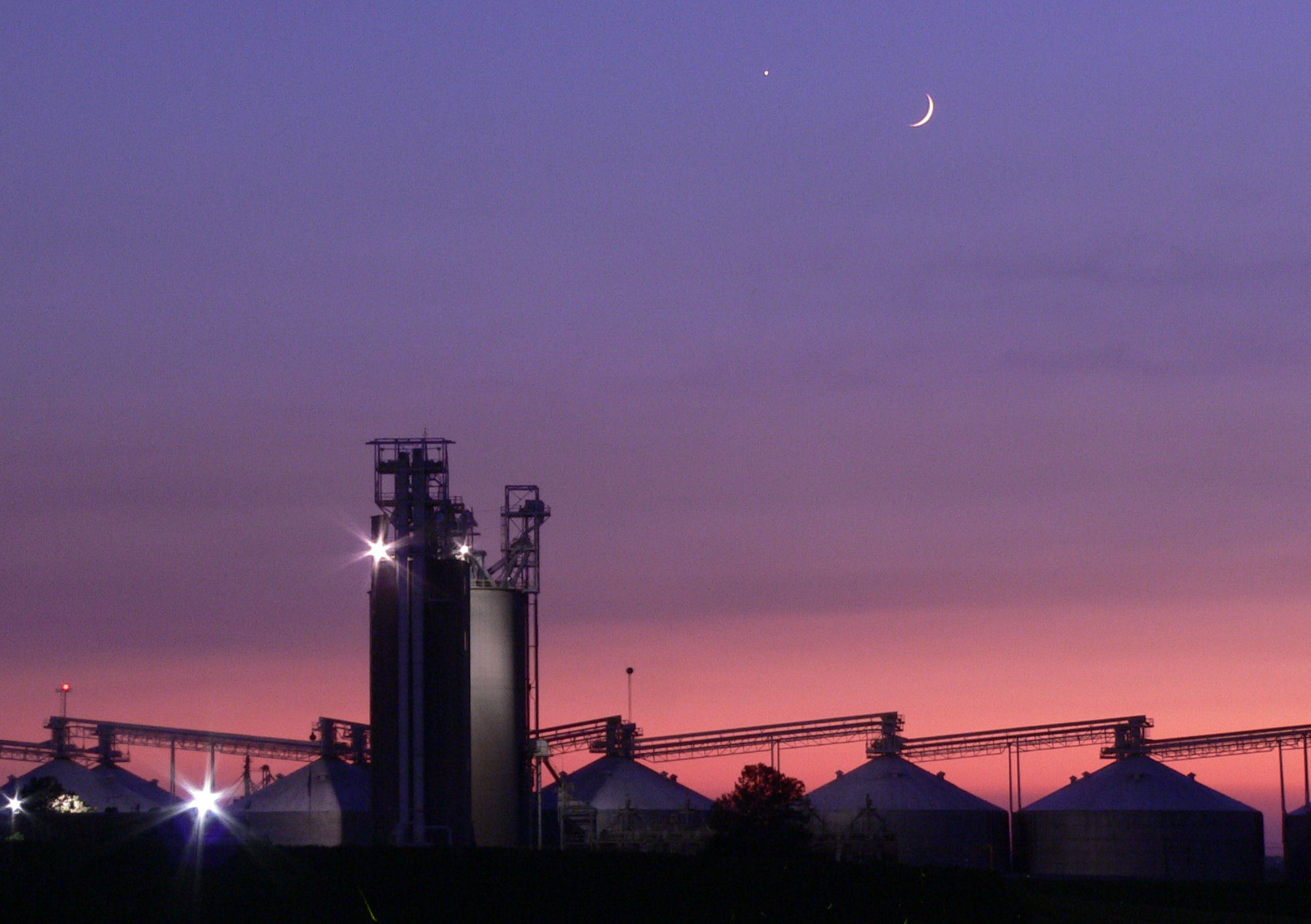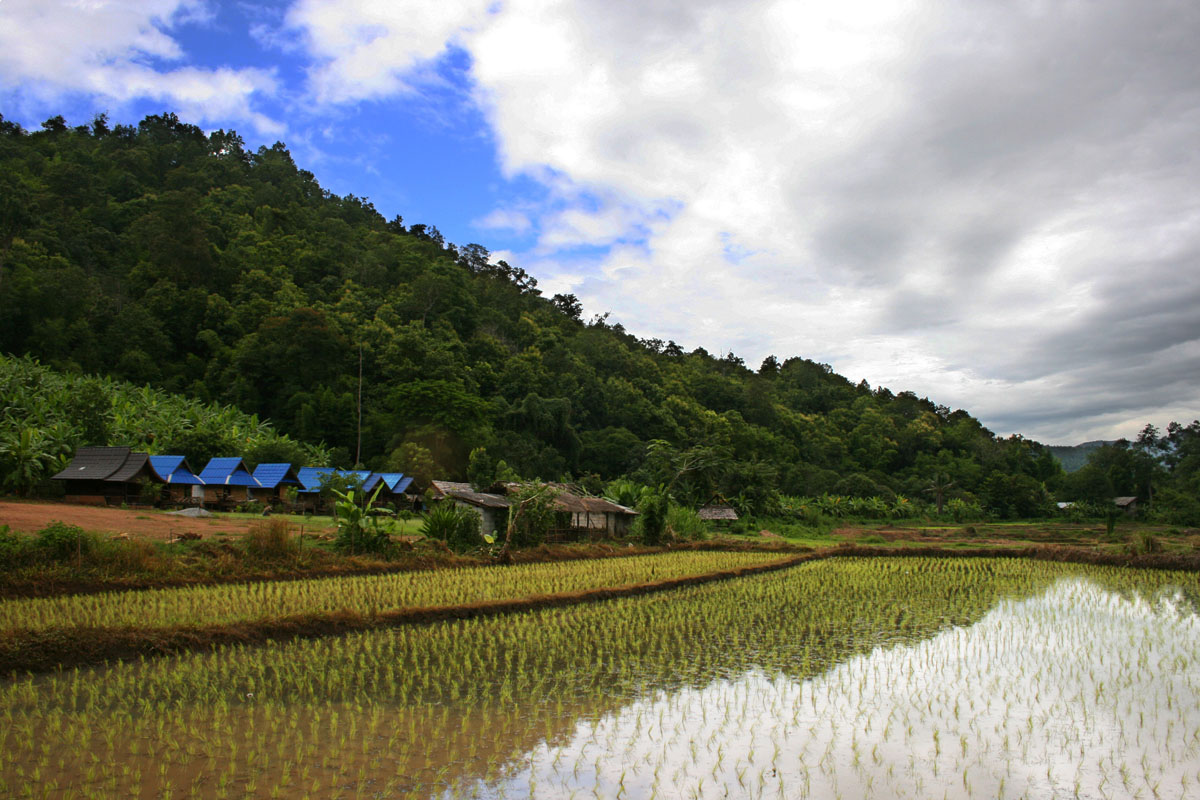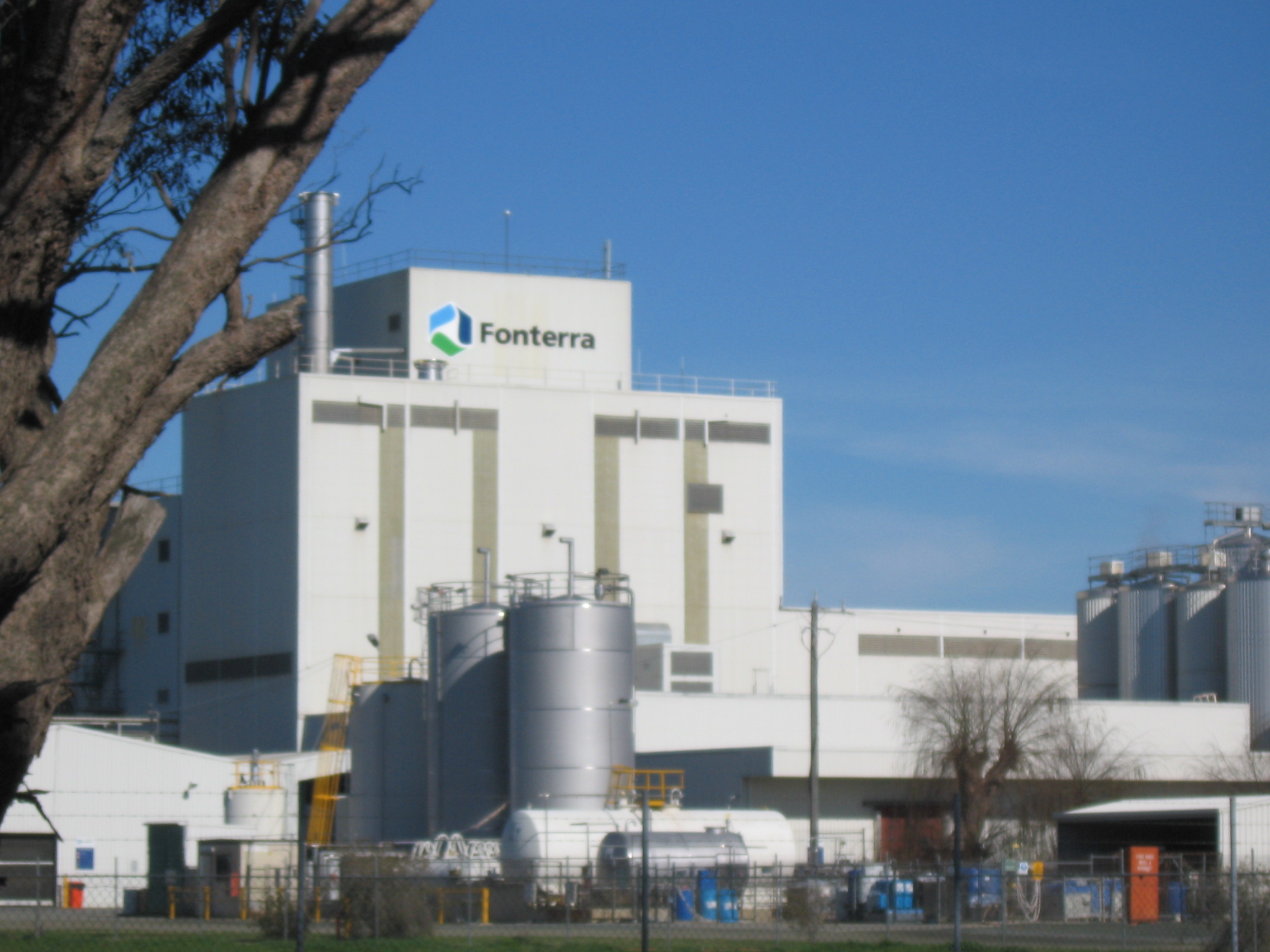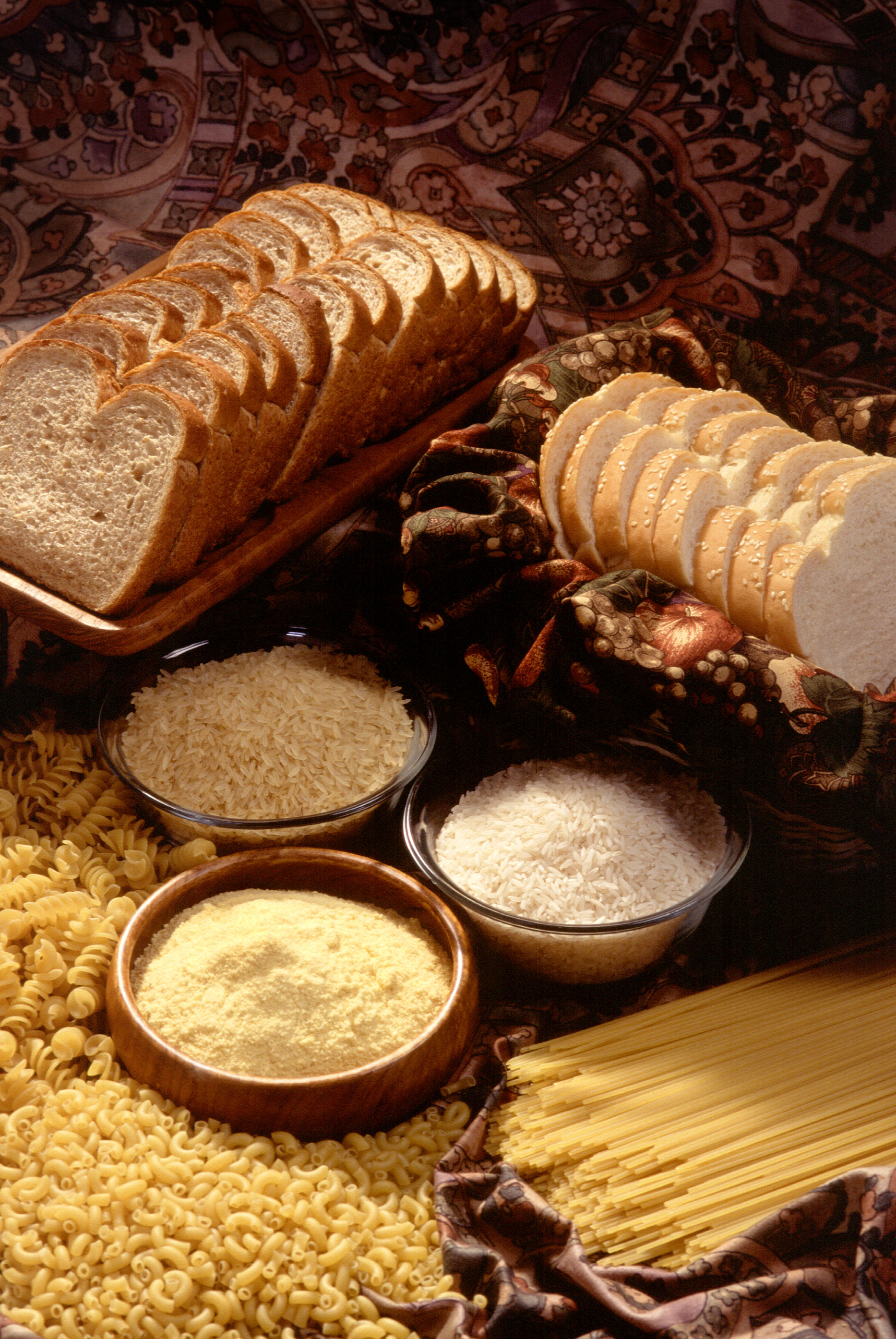Agricultural Productivity on:
[Wikipedia]
[Google]
[Amazon]



 Agricultural productivity is measured as the ratio of agricultural outputs to inputs. While individual products are usually measured by weight, which is known as crop yield, varying products make measuring overall agricultural output difficult. Therefore, agricultural productivity is usually measured as the market value of the final output. This productivity can be compared to many different types of inputs such as labour or land. Such comparisons are called partial measures of productivity.
Agricultural productivity may also be measured by what is termed
Agricultural productivity is measured as the ratio of agricultural outputs to inputs. While individual products are usually measured by weight, which is known as crop yield, varying products make measuring overall agricultural output difficult. Therefore, agricultural productivity is usually measured as the market value of the final output. This productivity can be compared to many different types of inputs such as labour or land. Such comparisons are called partial measures of productivity.
Agricultural productivity may also be measured by what is termed
 Productivity is driven by changes in either agricultural technique or improvements in technology. Some sources of changes in agricultural productivity have included:
* Mechanization
* High yield varieties, which were the basis of the Green revolution
* Fertilizers: Primary plant nutrients:
Productivity is driven by changes in either agricultural technique or improvements in technology. Some sources of changes in agricultural productivity have included:
* Mechanization
* High yield varieties, which were the basis of the Green revolution
* Fertilizers: Primary plant nutrients:
 As a region's farms become more productive, its
As a region's farms become more productive, its  It is not only the people employed in agriculture who benefit from increases in agricultural productivity. Those employed in other sectors also enjoy lower food prices and a more stable food supply. Their wages may also increase.
It is not only the people employed in agriculture who benefit from increases in agricultural productivity. Those employed in other sectors also enjoy lower food prices and a more stable food supply. Their wages may also increase.

 Deolalikar in 1981 investigated the theory first proposed by Sen in 1975 that in traditional, pre-modern farming in
Deolalikar in 1981 investigated the theory first proposed by Sen in 1975 that in traditional, pre-modern farming in
Food and Agriculture Organization of the United Nations – www.fao.org
* ttps://web.archive.org/web/20071029160704/http://www.oecd.org/document/23/0%2C3343%2Cen_2649_37401_37426007_1_1_1_37401%2C00.html OECD Agricultural Outlook Database (2006–2015) {{Authority control Agricultural production Agricultural revolutions Sustainable agriculture


 Agricultural productivity is measured as the ratio of agricultural outputs to inputs. While individual products are usually measured by weight, which is known as crop yield, varying products make measuring overall agricultural output difficult. Therefore, agricultural productivity is usually measured as the market value of the final output. This productivity can be compared to many different types of inputs such as labour or land. Such comparisons are called partial measures of productivity.
Agricultural productivity may also be measured by what is termed
Agricultural productivity is measured as the ratio of agricultural outputs to inputs. While individual products are usually measured by weight, which is known as crop yield, varying products make measuring overall agricultural output difficult. Therefore, agricultural productivity is usually measured as the market value of the final output. This productivity can be compared to many different types of inputs such as labour or land. Such comparisons are called partial measures of productivity.
Agricultural productivity may also be measured by what is termed total factor productivity
In economics, total-factor productivity (TFP), also called multi-factor productivity, is usually measured as the ratio of aggregate output (e.g., GDP) to aggregate inputs. Under some simplifying assumptions about the production technology, grow ...
(TFP). This method of calculating agricultural productivity compares an index of agricultural inputs to an index of outputs. This measure of agricultural productivity was established to remedy the shortcomings of the partial measures of productivity; notably that it is often hard to identify the factors cause them to change. Changes in TFP are usually attributed to technological improvements.
Agricultural productivity is an important component of food security. Increasing agricultural productivity through sustainable practices can be an important way to decrease the amount of land needed for farming and slow environmental degradation and climate change through processes like deforestation
Deforestation or forest clearance is the removal of a forest or stand of trees from land that is then converted to non-forest use. Deforestation can involve conversion of forest land to farms, ranches, or urban use. The most concentrated ...
.
Sources of agricultural productivity
nitrogen
Nitrogen is the chemical element with the symbol N and atomic number 7. Nitrogen is a nonmetal and the lightest member of group 15 of the periodic table, often called the pnictogens. It is a common element in the universe, estimated at se ...
, phosphorus
Phosphorus is a chemical element with the symbol P and atomic number 15. Elemental phosphorus exists in two major forms, white phosphorus and red phosphorus, but because it is highly reactive, phosphorus is never found as a free element on Ea ...
and potassium
Potassium is the chemical element with the symbol K (from Neo-Latin '' kalium'') and atomic number19. Potassium is a silvery-white metal that is soft enough to be cut with a knife with little force. Potassium metal reacts rapidly with atmos ...
and secondary nutrients such as sulfur, zinc
Zinc is a chemical element with the symbol Zn and atomic number 30. Zinc is a slightly brittle metal at room temperature and has a shiny-greyish appearance when oxidation is removed. It is the first element in group 12 (IIB) of the periodi ...
, copper
Copper is a chemical element with the symbol Cu (from la, cuprum) and atomic number 29. It is a soft, malleable, and ductile metal with very high thermal and electrical conductivity. A freshly exposed surface of pure copper has a pink ...
, manganese
Manganese is a chemical element with the Symbol (chemistry), symbol Mn and atomic number 25. It is a hard, brittle, silvery metal, often found in minerals in combination with iron. Manganese is a transition metal with a multifaceted array of ...
, calcium
Calcium is a chemical element with the symbol Ca and atomic number 20. As an alkaline earth metal, calcium is a reactive metal that forms a dark oxide-nitride layer when exposed to air. Its physical and chemical properties are most similar ...
, magnesium
Magnesium is a chemical element with the symbol Mg and atomic number 12. It is a shiny gray metal having a low density, low melting point and high chemical reactivity. Like the other alkaline earth metals (group 2 of the periodic ...
and molybdenum on deficient soil
* Education
Education is a purposeful activity directed at achieving certain aims, such as transmitting knowledge or fostering skills and character traits. These aims may include the development of understanding, rationality, kindness, and honesty ...
in management and entrepreneurial techniques to decrease fixed and variable costs and optimise manpower
* Liming of acid soils to raise pH and to provide calcium and magnesium
* Irrigation
* Herbicides
* Genetic engineering
* Pesticides
* Increased plant density
* Animal feed made more digestible by processing
* Keeping animals indoors in cold weather
See: Productivity improving technologies (historical) Section: 2.4.1: Mechanization: Agriculture, Section 2.6: Scientific agriculture.
Impact
The productivity of a region'sfarm
A farm (also called an agricultural holding) is an area of land that is devoted primarily to agricultural processes with the primary objective of producing food and other crops; it is the basic facility in food production. The name is use ...
s is important for many reasons. Aside from providing more food, increasing the productivity of farms affects the region's prospects for growth and competitiveness on the agricultural market, income distribution and savings, and labour migration. An increase in a region's agricultural productivity implies a more efficient distribution of scarce resources. As farmers adopt new techniques and differences, the more productive farmers benefit from an increase in their welfare while farmers who are not productive enough will exit the market to seek success elsewhere.
comparative advantage
In an economic model, agents have a comparative advantage over others in producing a particular good if they can produce that good at a lower relative opportunity cost or autarky price, i.e. at a lower relative marginal cost prior to trade. C ...
in agricultural products increases, which means that it can produce these products at a lower opportunity cost than can other regions. Therefore, the region becomes more competitive on the world market, which means that it can attract more consumer
A consumer is a person or a group who intends to order, or uses purchased goods, products, or services primarily for personal, social, family, household and similar needs, who is not directly related to entrepreneurial or business activities. ...
s since they are able to buy more of the products offered for the same amount of money. As productivity improvement leads to falling food prices, this automatically leads to increases in real income elsewhere.
Increases in agricultural productivity lead also to agricultural growth and can help to alleviate poverty in poor and developing countries, where agriculture often employs the greatest portion of the population. As farms become more productive, the wages earned by those who work in agriculture increase. At the same time, food prices
Food prices refer to the average price level for food across countries, regions and on a global scale. Food prices have an impact on producers and consumers of food.
Price levels depend on the food production process, including food marketing ...
decrease and food supplies become more stable. Labourers therefore have more money to spend on food as well as other products. This also leads to agricultural growth. People see that there is a greater opportunity to earn their living by farming and are attracted to agriculture either as owners of farms themselves or as labourers.Promoting Pro-Poor Growth: Agriculture, DAC Guidelines and Reference Series, Paris: OECD, 2006, OECD.org, 13 July 2007 (10).
 It is not only the people employed in agriculture who benefit from increases in agricultural productivity. Those employed in other sectors also enjoy lower food prices and a more stable food supply. Their wages may also increase.
It is not only the people employed in agriculture who benefit from increases in agricultural productivity. Those employed in other sectors also enjoy lower food prices and a more stable food supply. Their wages may also increase.
Food security
Agricultural productivity is becoming increasingly important as the world population continues to grow.Brown, Lester R. Plan B 2.0: Rescuing a Planet Under Stress and a Civilization in Trouble. New York City: Earth Policy Institute, 2006. As agricultural productivity grows, food prices decrease, allowing people to spend less on food, and combatting hunger.India
India, officially the Republic of India (Hindi: ), is a country in South Asia. It is the List of countries and dependencies by area, seventh-largest country by area, the List of countries and dependencies by population, second-most populous ...
, one of the world's most populous countries, has taken steps in the past decades to increase its land productivity. In the 1960s North India produced only wheat, but with the advent of the earlier maturing high-yielding wheats and rices, the wheat could be harvested in time to plant rice. This wheat/rice combination is now widely used throughout the Punjab
Punjab (; Punjabi Language, Punjabi: پنجاب ; ਪੰਜਾਬ ; ; also Romanization, romanised as ''Panjāb'' or ''Panj-Āb'') is a geopolitical, cultural, and historical region in South Asia, specifically in the northern part of the I ...
, Haryana
Haryana (; ) is an Indian state located in the northern part of the country. It was carved out of the former state of East Punjab on 1 Nov 1966 on a linguistic basis. It is ranked 21st in terms of area, with less than 1.4% () of India's land ...
, and parts of Uttar Pradesh
Uttar Pradesh (; , 'Northern Province') is a state in northern India. With over 200 million inhabitants, it is the most populated state in India as well as the most populous country subdivision in the world. It was established in 195 ...
. The wheat yield of three tons and rice yield of two tons combine for five tons of grain per hectare
The hectare (; SI symbol: ha) is a non-SI metric unit of area equal to a square with 100- metre sides (1 hm2), or 10,000 m2, and is primarily used in the measurement of land. There are 100 hectares in one square kilometre. An acre i ...
, helping to feed India's 1.1 billion people.
Higher global food prices between 2006 and 2008, primarily caused by an increasing amount arable land
Arable land (from the la, arabilis, "able to be ploughed") is any land capable of being ploughed and used to grow crops.''Oxford English Dictionary'', "arable, ''adj''. and ''n.''" Oxford University Press (Oxford), 2013. Alternatively, for th ...
used for growing biofuels and the growing economies in China and elsewhere causing an increase in demand for meat products (which are less efficient than plants in terms of land use), caused the percentage of incomes used for food to increase throughout the world, forcing families to cut back on various other expenditures such as schooling for girls. In areas of sub-Saharan Africa, a decreased agricultural productivity due to crop failures has caused starvation. On the other hand, higher global prices actually mean farmers with successful yields earn more, and this thus increases their productivity.
Investing in the agricultural productivity of women in farming communities is of particular importance in boosting economic development and food security in parts of the developing world. Women in some areas of the world, for example in Africa, traditionally have less agency than men, but are often also more invested in farming in terms of time spent. They are furthermore generally more responsible for childcare, thus their productivity is more likely to translate in gains for the family as a whole.
Relation to population growth
Some critics claim that increasing agricultural productivity results inhuman overpopulation
Humans (''Homo sapiens'') are the most abundant and widespread species of primate, characterized by bipedalism and exceptional cognitive skills due to a large and complex brain. This has enabled the development of advanced tools, cultu ...
. They are argue that, like other species, human populations grow up to their carrying capacity. When a species reaches its carrying capacity, the number of poor and weak individuals who die from disease or starvation is equal to the number of individuals being added to the population via birth. Because innovation continues to improve agricultural productivity (specifically yields), however, the theoretical carrying capacity continues to increase, allowing the human population to continue to grow. These writers claim that there are too many people on Earth and that therefore growth in agricultural productivity is detrimental to the environment
Environment most often refers to:
__NOTOC__
* Natural environment, all living and non-living things occurring naturally
* Biophysical environment, the physical and biological factors along with their chemical interactions that affect an organism or ...
— if the carrying capacity was lower, the human population would reach an equilibrium at a lower number.
However, unlike other animals, in humans greater development and prosperity has led to lower fecundity. Thus as productivity has increased and poverty has been reduced worldwide, population growth is declining. Research suggests we may actually face a declining world population in the future.
Inverse relationship theory

 Deolalikar in 1981 investigated the theory first proposed by Sen in 1975 that in traditional, pre-modern farming in
Deolalikar in 1981 investigated the theory first proposed by Sen in 1975 that in traditional, pre-modern farming in India
India, officially the Republic of India (Hindi: ), is a country in South Asia. It is the List of countries and dependencies by area, seventh-largest country by area, the List of countries and dependencies by population, second-most populous ...
, there is an inverse relationship to size of the farm and productivity, contrary to the economy of scale found in all other types of economic activity. It is debated whether the inverse relationship actually exists. Numerous studies falsify this theory. In Zimbabwe, policies on agrarian land reform under president Robert Mugabe, especially in and following 2000, split large farms into many smaller farms, and this decreased productivity. Marxist agrarian land reform in the Soviet Union
The Soviet Union,. officially the Union of Soviet Socialist Republics. (USSR),. was a transcontinental country that spanned much of Eurasia from 1922 to 1991. A flagship communist state, it was nominally a federal union of fifteen nationa ...
, China
China, officially the People's Republic of China (PRC), is a country in East Asia. It is the world's List of countries and dependencies by population, most populous country, with a Population of China, population exceeding 1.4 billion, slig ...
and Vietnam
Vietnam or Viet Nam ( vi, Việt Nam, ), officially the Socialist Republic of Vietnam,., group="n" is a country in Southeast Asia, at the eastern edge of mainland Southeast Asia, with an area of and population of 96 million, making ...
combined small farms into larger units, this usually failed to increase productivity.
Nonetheless, increasing agricultural productivity amongst smallholder farms is an important way to improve farmer livelihoods in the developing world.
Sustainable increases in productivity
Because agriculture has such large impacts on climate change and other environmental issues, intensification of agriculture, which would increase productivity per amount of land being farmed, is seen by some as an important method for climate change mitigation, because farmers will not require more land, and are thus incentivized not to participate in further land degradation ordeforestation
Deforestation or forest clearance is the removal of a forest or stand of trees from land that is then converted to non-forest use. Deforestation can involve conversion of forest land to farms, ranches, or urban use. The most concentrated ...
. Implementing intensification through sustainable agriculture practices makes farming more sustainable in the long term, maintaining the ability of the future generations to meet their own needs while conserving the environment. International policy, embodied in Sustainable Development Goal 2, focusses on improving these practices at an international level.
Not all effects of climate change
The effects of climate change impact the physical environment, ecosystems and human societies. The environmental effects of climate change are broad and far-reaching. They affect the water cycle, oceans, sea and land ice ( glaciers), sea le ...
will be negative on agricultural productivity. The IPCC '' Special Report on Climate Change and Land'' and the ''Special Report on Global Warming of 1.5 °C
The Special Report on Global Warming of 1.5°C (SR15) was published by the Intergovernmental Panel on Climate Change (IPCC) on 8 October 2018. The report, approved in Incheon, South Korea, includes over 6,000 scientific references, and was prepar ...
'' both project mixed changes in the yields of crops as global warming
In common usage, climate change describes global warming—the ongoing increase in global average temperature—and its effects on Earth's climate system. Climate change in a broader sense also includes previous long-term changes to ...
happens with some breadbasket regions becoming less productive, while other crops increase ranges and productivity.
See also
* Agricultural expansion *Energy efficiency in agriculture
European Commission definitions
Energy in general
European Commission definitions of energy efficiency, are given below:
* Energy efficiency: a ratio between an output of performance, service, goods or energy, and an input of energy;
* Energy ...
* Food vs. feed
* Green Revolution
* Mechanized agriculture
* Productivity
* Productivity improving technologies (historical) Section 4: Mechanized agriculture, Section 6: Scientific agriculture
References
Citations
Cited sources
*External links
Food and Agriculture Organization of the United Nations – www.fao.org
* ttps://web.archive.org/web/20071029160704/http://www.oecd.org/document/23/0%2C3343%2Cen_2649_37401_37426007_1_1_1_37401%2C00.html OECD Agricultural Outlook Database (2006–2015) {{Authority control Agricultural production Agricultural revolutions Sustainable agriculture